Home>Garden Essentials>Garden Plants>What Do You Use Lemon Thyme For
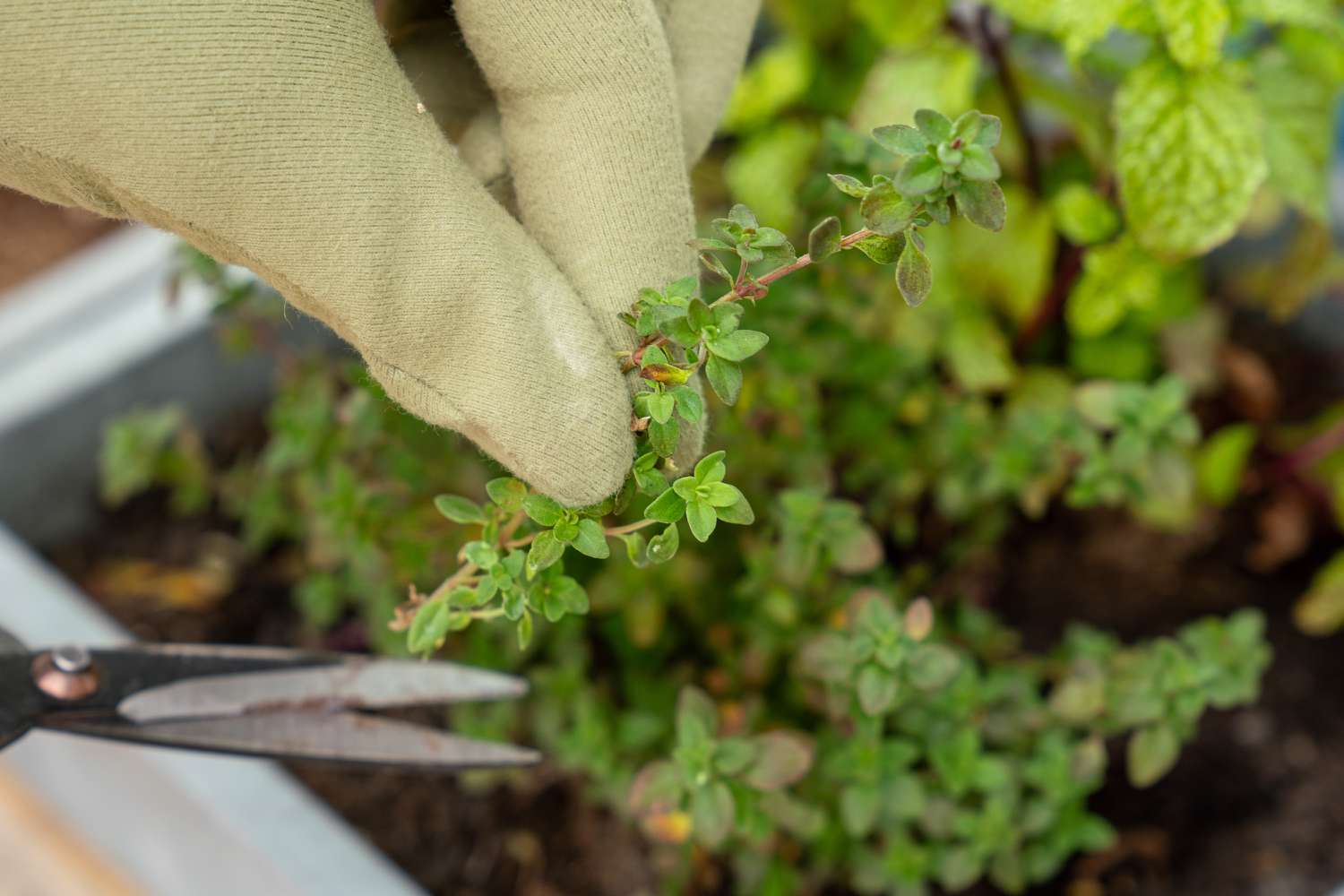

Garden Plants
What Do You Use Lemon Thyme For
Modified: February 24, 2024
Discover the versatility of lemon thyme plants and learn how to use them in a variety of culinary dishes. Elevate your cooking with the unique flavor of lemon thyme.
(Many of the links in this article redirect to a specific reviewed product. Your purchase of these products through affiliate links helps to generate commission for Storables.com, at no extra cost. Learn more)
Introduction
Welcome to the wonderful world of lemon thyme! This versatile herb is not only a beautiful addition to any garden but also a delightful addition to your culinary and medicinal repertoire. Whether you’re an avid chef or a plant enthusiast looking to expand your knowledge, lemon thyme is a must-have in your herb collection.
So, what exactly is lemon thyme? Lemon thyme, scientifically known as Thymus citriodorus, is a variety of thyme that boasts a lovely lemony fragrance and flavor. It is a perennial herb that belongs to the mint family, and its small leaves are packed with aromatic oils that give it its distinct citrusy scent.
Now that we’ve established what lemon thyme is, let’s explore its various uses. From the kitchen to the medicine cabinet, lemon thyme has a range of applications that make it a valuable addition to any home.
Key Takeaways:
- Embrace the vibrant and versatile lemon thyme for its refreshing citrusy aroma, culinary enhancements, and potential health benefits. From marinades to medicinal remedies, this herb offers a delightful twist to your garden and kitchen endeavors.
- Cultivate and care for lemon thyme with ease, whether in a garden or a pot, to enjoy its continuous supply of fresh leaves. Harvest and store this aromatic herb to savor its vibrant flavor and aroma year-round.
Read more: What Do You Use Thyme For
What is Lemon Thyme?
Lemon thyme, scientifically known as Thymus citriodorus, is a perennial herb that is native to the Mediterranean region. It is a member of the mint family, commonly known as Lamiaceae, and is renowned for its lemony fragrance and flavor. Lemon thyme is a popular herb for both culinary and medicinal purposes, thanks to its aromatic oils that give it its distinct citrusy scent.
Visually, lemon thyme is a charming herb with small, oval-shaped leaves that are typically green with a slightly grayish tint. The leaves can vary in size, ranging from half an inch to three-quarters of an inch in length, and they are arranged in opposite pairs along the stem. The stem of lemon thyme is woody and can grow up to a foot in height, with small clusters of white or pale pink flowers blooming in late spring or early summer.
When it comes to flavor, lemon thyme delivers a delightful combination of the classic earthy and slightly minty taste of thyme, with a bright burst of citrusy notes. These citrus undertones are what set lemon thyme apart from other thyme varieties, making it a favorite among chefs and home cooks seeking to add a unique twist to their dishes.
Aside from its culinary uses, lemon thyme is also highly regarded for its medicinal properties. Its essential oils, which contain compounds such as thymol, carvacrol, and linalool, have been used for centuries in traditional medicine to treat various ailments. These oils are known for their antimicrobial, antiseptic, and antioxidant properties, making lemon thyme a valuable herb for supporting overall well-being.
Lemon thyme is fairly easy to cultivate and can be grown in both containers and garden beds. It thrives in well-drained soil and requires at least six hours of direct sunlight each day. This herb is known for its resilience and ability to withstand drought and high temperatures, making it a great choice for gardeners in hot and dry climates.
Now that we’ve covered the basics of lemon thyme, let’s dive deeper into its culinary uses, medicinal properties, and how to grow and care for this wonderful herb.
Culinary Uses of Lemon Thyme
Lemon thyme is a versatile herb that adds a delightful citrusy twist to a wide range of dishes. Its fragrant leaves and bright flavor make it a popular choice in the culinary world. Whether you’re a seasoned chef or a beginner in the kitchen, here are some wonderful ways to incorporate lemon thyme into your cooking:
1. Marinades and Rubs: Lemon thyme can be used to infuse marinades and rubs for poultry, fish, and meats. Simply chop the leaves and mix them with other herbs, garlic, and olive oil for a flavorful and aromatic marinade.
2. Soups and Stews: Add a handful of lemon thyme leaves to your favorite soups and stews to enhance their flavors. The herb pairs particularly well with hearty vegetable soups, lentil stews, and chicken-based broths.
3. Roasted Vegetables: Toss roasted vegetables, such as carrots, potatoes, and zucchini, with olive oil, lemon thyme leaves, garlic, and a sprinkle of salt. The herb adds a bright and refreshing element to the caramelized flavors of the vegetables.
4. Sauces and Dressings: Blend lemon thyme leaves with olive oil, lemon juice, garlic, and salt to create a delicious herb-infused dressing for salads, roasted vegetables, and grilled meats.
5. Infused Oils and Vinegars: Make your own homemade infused oils and vinegars by steeping lemon thyme leaves in high-quality olive oil or vinegar. These infusions can be used to add a burst of flavor to dressings, marinades, and dips.
6. Baked Goods: Lemon thyme can be used to add a unique twist to baked goods. Incorporate chopped lemon thyme leaves into breads, biscuits, or even scones for a subtle citrusy flavor.
7. Herbal Teas: Steep a few sprigs of lemon thyme in hot water to create a refreshing herbal tea. This herbal infusion not only offers a pleasant taste but also provides potential health benefits due to the herb’s medicinal properties.
When cooking with lemon thyme, it’s best to add the herb towards the end of the cooking process to preserve its delicate flavor. The leaves can be used whole or chopped, depending on your preference and the recipe’s requirements.
With its bright and citrusy aroma, lemon thyme is sure to elevate your dishes and impress your taste buds. Experiment with different culinary creations, and let the flavors of lemon thyme shine in your kitchen!
Medicinal Properties of Lemon Thyme
Beyond its culinary uses, lemon thyme is also known for its numerous medicinal properties. Traditionally, lemon thyme has been used in herbal medicine to help treat various ailments. Here are some of the potential health benefits and medicinal properties associated with this remarkable herb:
1. Antimicrobial and Antiseptic: Lemon thyme contains natural compounds like thymol and carvacrol, which are known for their antimicrobial and antiseptic properties. These properties can help fight against harmful bacteria, viruses, and fungi, making lemon thyme an excellent choice for minor wound care and as an ingredient in natural disinfectants.
2. Digestive Aid: The aromatic oils found in lemon thyme have been used traditionally to support healthy digestion. The herb can help stimulate the production of digestive enzymes, aiding in the breakdown of food and easing digestive discomfort.
3. Respiratory Health: Lemon thyme’s expectorant and antitussive properties make it beneficial for respiratory health. It can help soothe coughs, alleviate congestion, and promote the expulsion of mucus, making it a valuable herb for respiratory conditions such as bronchitis and the common cold.
4. Antioxidant Activity: Lemon thyme is rich in antioxidants, which help protect the body’s cells from damage caused by free radicals. These antioxidants have potential anti-aging effects and may help reduce the risk of chronic diseases such as heart disease and certain types of cancer.
5. Calming and Stress-Relieving: The pleasant aroma of lemon thyme has a calming effect on the mind and body. In aromatherapy, lemon thyme essential oil is known for its ability to promote relaxation, reduce anxiety, and uplift mood.
6. Skin Health: Lemon thyme’s antiseptic properties make it beneficial for promoting healthy skin. It can be used topically to help cleanse and soothe skin irritations, minor cuts, and insect bites. Lemon thyme-infused oils or creams can also be used to nourish and moisturize the skin.
It’s important to note that while lemon thyme has many potential health benefits, it is not a replacement for professional medical advice. If you have any specific health concerns, it’s best to consult with a healthcare provider before incorporating lemon thyme or any herbal remedies into your routine.
Now that we’ve explored the various medicinal properties of lemon thyme, let’s move on to how you can grow and care for this aromatic herb in your own garden.
Lemon thyme is great for adding a citrusy flavor to dishes. Use it to season roasted vegetables, grilled chicken, or fish. You can also infuse it into oils or vinegars for a unique flavor.
Growing and Caring for Lemon Thyme
Lemon thyme is a relatively low-maintenance herb that can thrive in both garden beds and containers. Here are some tips for successfully growing and caring for lemon thyme:
1. Sunlight Requirements: Lemon thyme thrives in full sunlight. Ensure that your plant receives at least six hours of direct sunlight each day. If you’re growing lemon thyme indoors, place it near a window that receives ample sunlight.
2. Soil Conditions: Lemon thyme prefers well-draining soil. It can tolerate a range of soil types, including sandy or loamy soil. However, make sure the soil is not waterlogged, as excessive moisture can lead to root rot.
3. Watering Needs: While lemon thyme is drought-tolerant, it is still important to water it regularly. Water the plant when the top inch of soil feels dry to the touch. Avoid overwatering, as it can cause the roots to become waterlogged.
4. Pruning and Harvesting: Regular pruning promotes bushier growth and helps maintain the shape of the plant. Prune lemon thyme by cutting back the stems by one-third in early spring or after flowering. Additionally, harvest the leaves as needed by snipping or pinching off the stems. This encourages fresh growth and ensures a continuous supply of leaves for culinary or medicinal use.
5. Pests and Diseases: Lemon thyme is relatively resistant to pests and diseases. However, keep an eye out for common garden pests such as aphids or spider mites. If necessary, treat the infestation with organic pest control methods such as insecticidal soap or neem oil.
6. Propagation: Lemon thyme can be propagated through stem cuttings or division. To propagate through stem cuttings, take a 4-6 inch cutting from the healthy, non-flowering portion of the plant. Remove the lower leaves, dip the cut end in a rooting hormone, and plant it in a well-draining potting mix. Keep the cutting moist and in indirect light until new growth appears. To divide lemon thyme, carefully dig up the plant and separate the clumps, then replant them in new locations or containers.
7. Winter Care: Lemon thyme is a hardy perennial in many regions. However, if you live in an area with harsh winters, provide protection by adding a layer of mulch around the base of the plants to insulate the roots. Alternatively, you can bring potted lemon thyme indoors and place it in a sunny spot.
Whether you’re growing lemon thyme in a garden or a pot, it is a beautiful addition to any herb collection. Ensure proper care and maintenance, and you’ll be rewarded with fragrant lemon-scented leaves that can be enjoyed in your culinary creations and herbal remedies.
Read more: What Do You Use Thyme For In Cooking
How to Harvest and Store Lemon Thyme
Harvesting and properly storing lemon thyme ensures that you have a ready supply of fresh leaves for culinary use throughout the year. Here’s a step-by-step guide on how to harvest and store lemon thyme:
1. Choosing the Right Time: The best time to harvest lemon thyme is in the morning after the dew has dried. The leaves will have the highest concentration of essential oils, giving them the best flavor and aroma.
2. Harvesting the Leaves: To harvest lemon thyme, simply snip off the stems at the desired length. You can use a pair of clean gardening shears or sharp scissors. Avoid cutting too much of the plant at once, as it needs some foliage to continue growing.
3. Pruning for Bushier Growth: Regularly pruning lemon thyme not only provides you with fresh leaves but also encourages the plant to grow bushier. When pruning, trim back about one-third of the stems, making sure to cut just above a pair of leaves or at a leaf node.
4. Washing and Drying: After harvesting, gently wash the lemon thyme leaves to remove any dirt or debris. Place them in a colander and rinse under cool running water. Pat the leaves dry with a paper towel or gently spin them in a salad spinner to remove excess moisture.
5. Storing Fresh Lemon Thyme: There are a few methods for storing fresh lemon thyme, depending on how long you plan to keep it:
- Refrigerator: For short-term storage (up to one week), wrap the clean and dry lemon thyme in a damp paper towel and place it in a plastic bag or airtight container. Store in the refrigerator’s crisper drawer to maintain freshness.
- Freezing: If you want to preserve lemon thyme for a longer period (several months), consider freezing it. Strip the leaves from the stems and place them in an airtight container or freezer bag. Alternatively, you can chop the leaves and freeze them in ice cube trays filled with water or olive oil.
6. Drying: Drying lemon thyme retains its flavor and allows you to enjoy the herb throughout the year. To dry lemon thyme, tie a bunch of stems together with a string or rubber band and hang them upside down in a warm, well-ventilated area. Once dried, remove the leaves from the stems and store them in an airtight container away from direct sunlight.
7. Proper Labeling: It’s essential to label your stored lemon thyme with the date to maintain freshness and keep track of the storage time. Use adhesive labels or marker pens to write the date on your containers or bags.
When using dried lemon thyme in recipes, remember that the flavor may be more concentrated than fresh leaves. Adjust the amount accordingly to achieve the desired taste.
By following these steps for harvesting and storing lemon thyme, you can enjoy the vibrant flavor and aroma of this versatile herb all year round!
Conclusion
Lemon thyme is undoubtedly a valuable addition to any herb garden, offering a delightful combination of fresh citrusy fragrance and versatile culinary and medicinal uses. As we’ve explored in this article, lemon thyme is not only a flavorful herb that enhances a variety of dishes but also possesses potential health benefits.
In the kitchen, lemon thyme adds a flavorful twist to marinades, soups, roasted vegetables, dressings, and even baked goods. Its unique citrusy notes create a refreshing and aromatic taste that can elevate any culinary creation.
Medicinally, lemon thyme has been used for centuries in traditional remedies. Its antimicrobial, antiseptic, digestive, and respiratory properties make it a valuable herb for supporting overall well-being. Whether it’s for treating minor wounds, easing respiratory discomfort, promoting healthy digestion, or calming the mind, lemon thyme offers a natural approach to maintaining good health.
Growing and caring for lemon thyme is relatively simple, and it can be cultivated in both outdoor gardens and indoor pots. With proper sunlight, well-draining soil, and regular watering, you can enjoy a thriving lemon thyme plant that provides a continuous supply of fresh leaves for your culinary and medicinal needs.
Harvesting and storing lemon thyme ensures that you have access to its vibrant flavor and aroma throughout the year. Whether you choose to store it in the refrigerator, freeze it, or dry it, preserving the herb properly allows you to enjoy its unique qualities long after the growing season has ended.
So, why not embrace the wonders of lemon thyme and add this delightful herb to your gardening and cooking endeavors? With its vibrant fragrance, versatile uses, and potential health benefits, lemon thyme is a perfect choice for both plant enthusiasts and culinary enthusiasts alike.
Explore the world of lemon thyme, experiment with different recipes, create homemade remedies, and savor the essence of this remarkable herb. Let lemon thyme infuse your life with its refreshing citrusy aroma and countless possibilities!
Frequently Asked Questions about What Do You Use Lemon Thyme For
Was this page helpful?
At Storables.com, we guarantee accurate and reliable information. Our content, validated by Expert Board Contributors, is crafted following stringent Editorial Policies. We're committed to providing you with well-researched, expert-backed insights for all your informational needs.
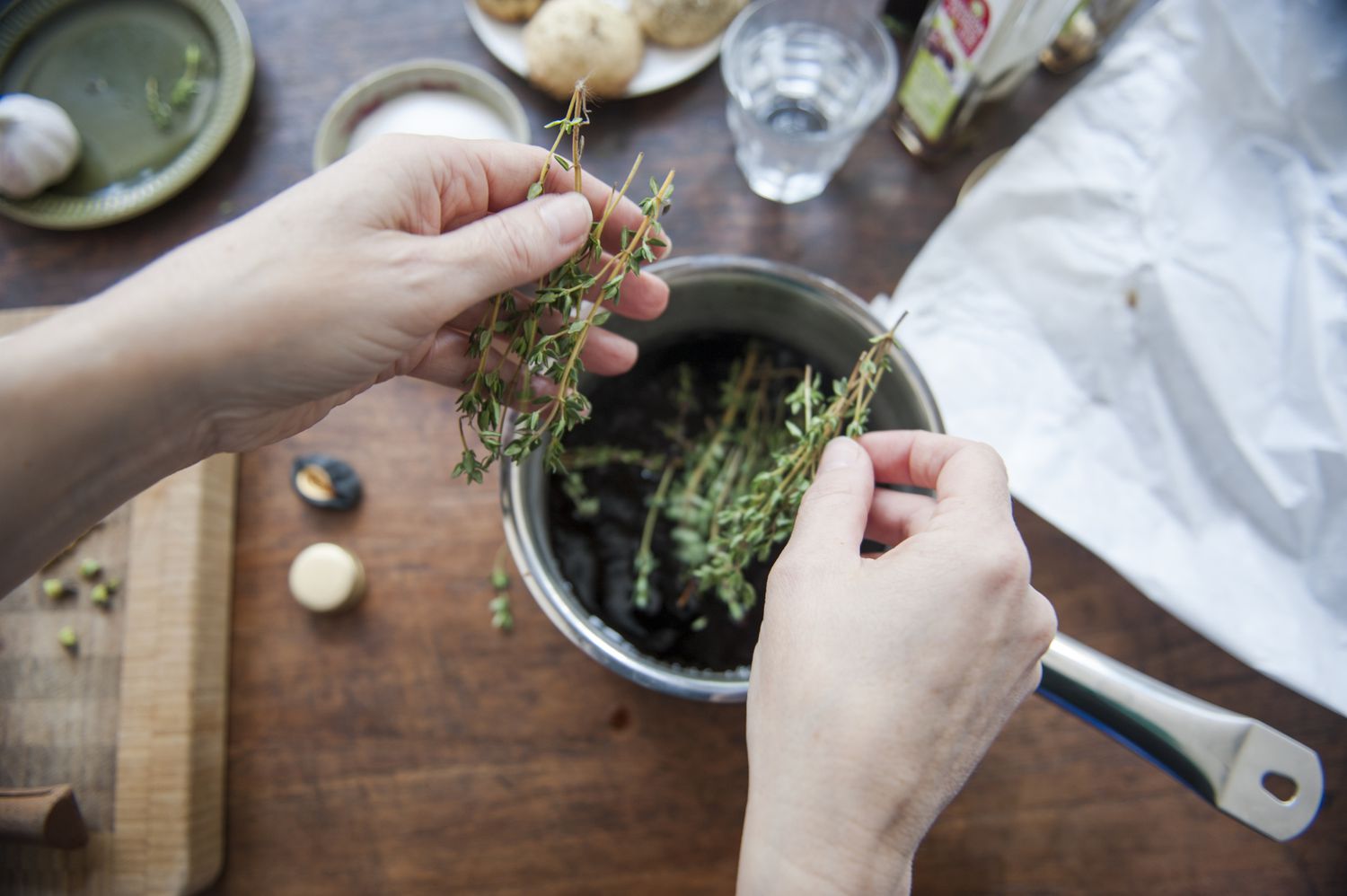
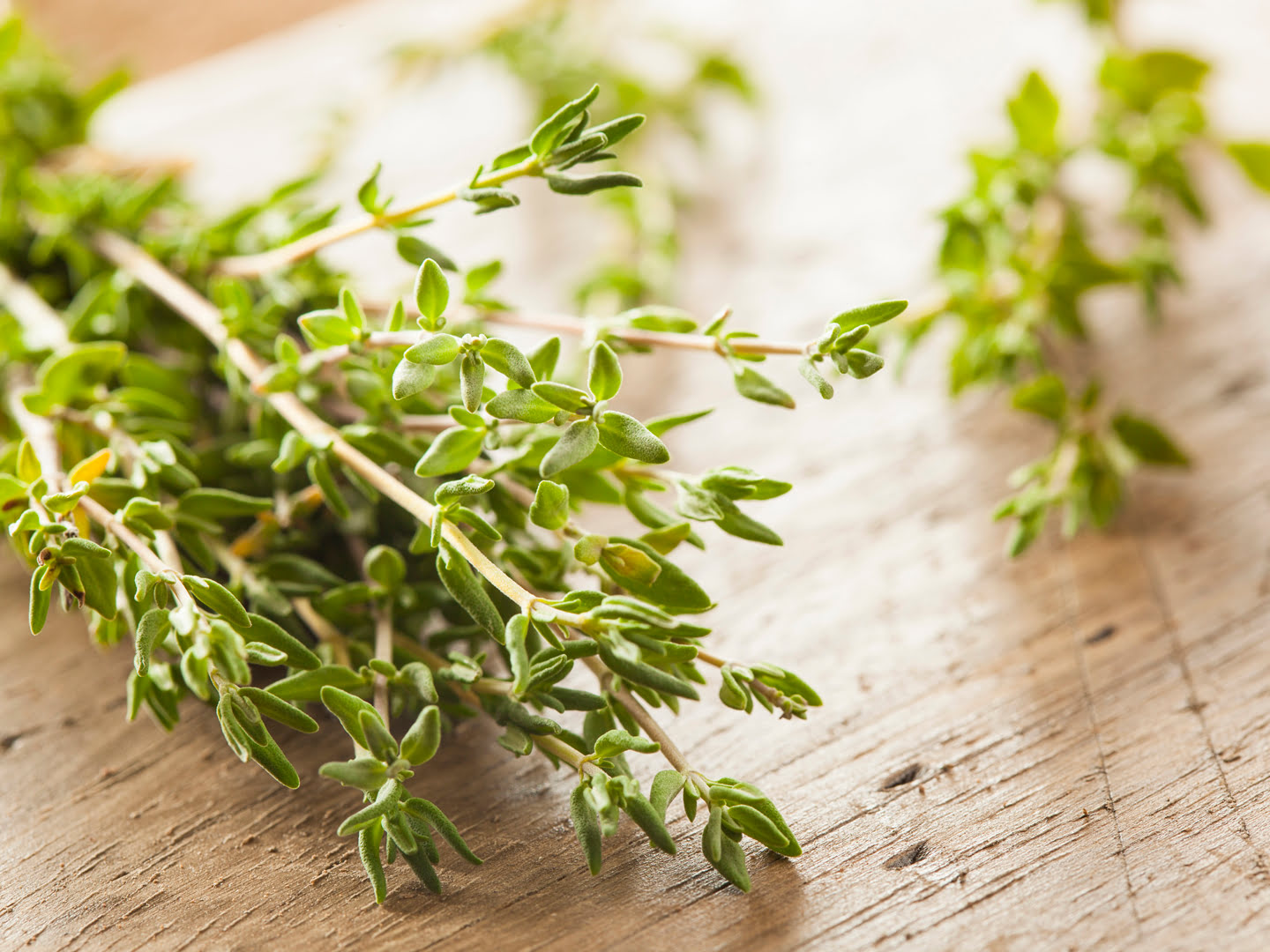
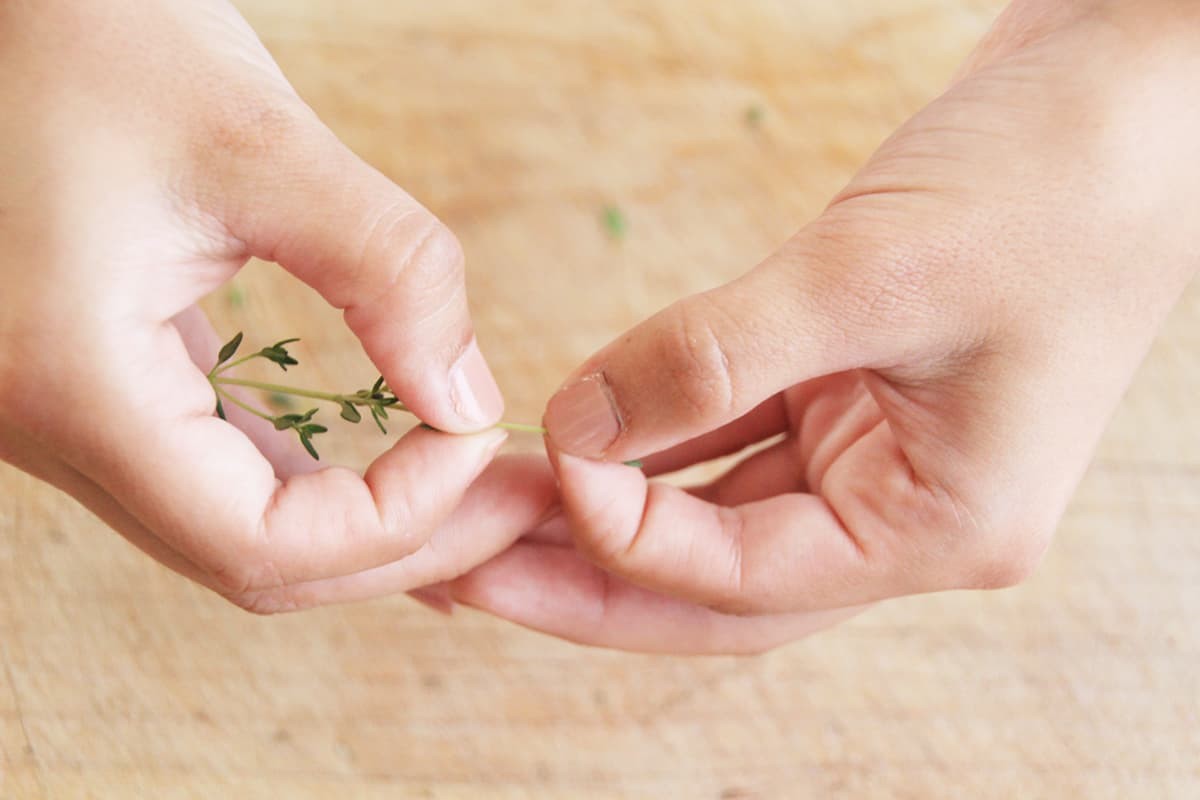
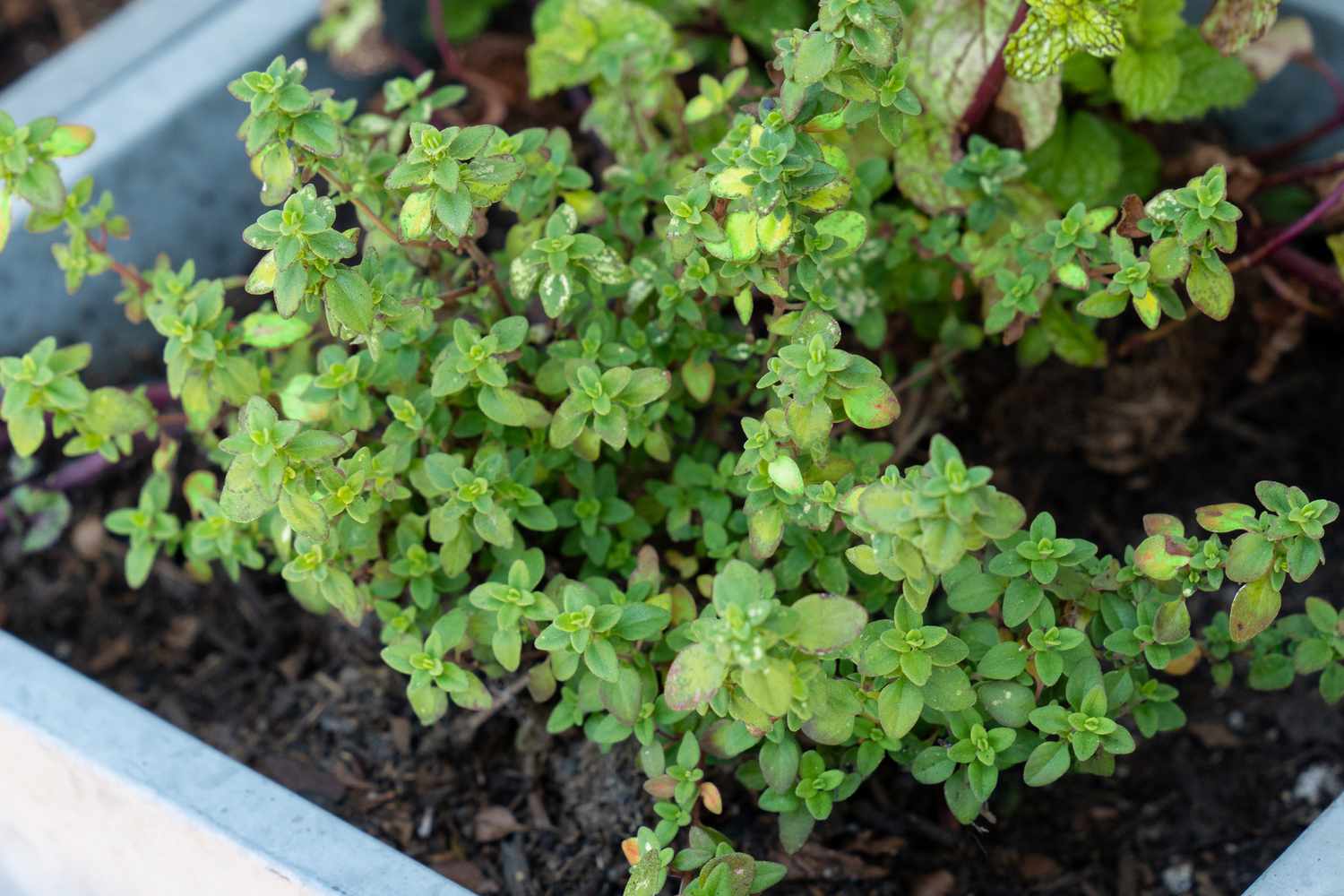
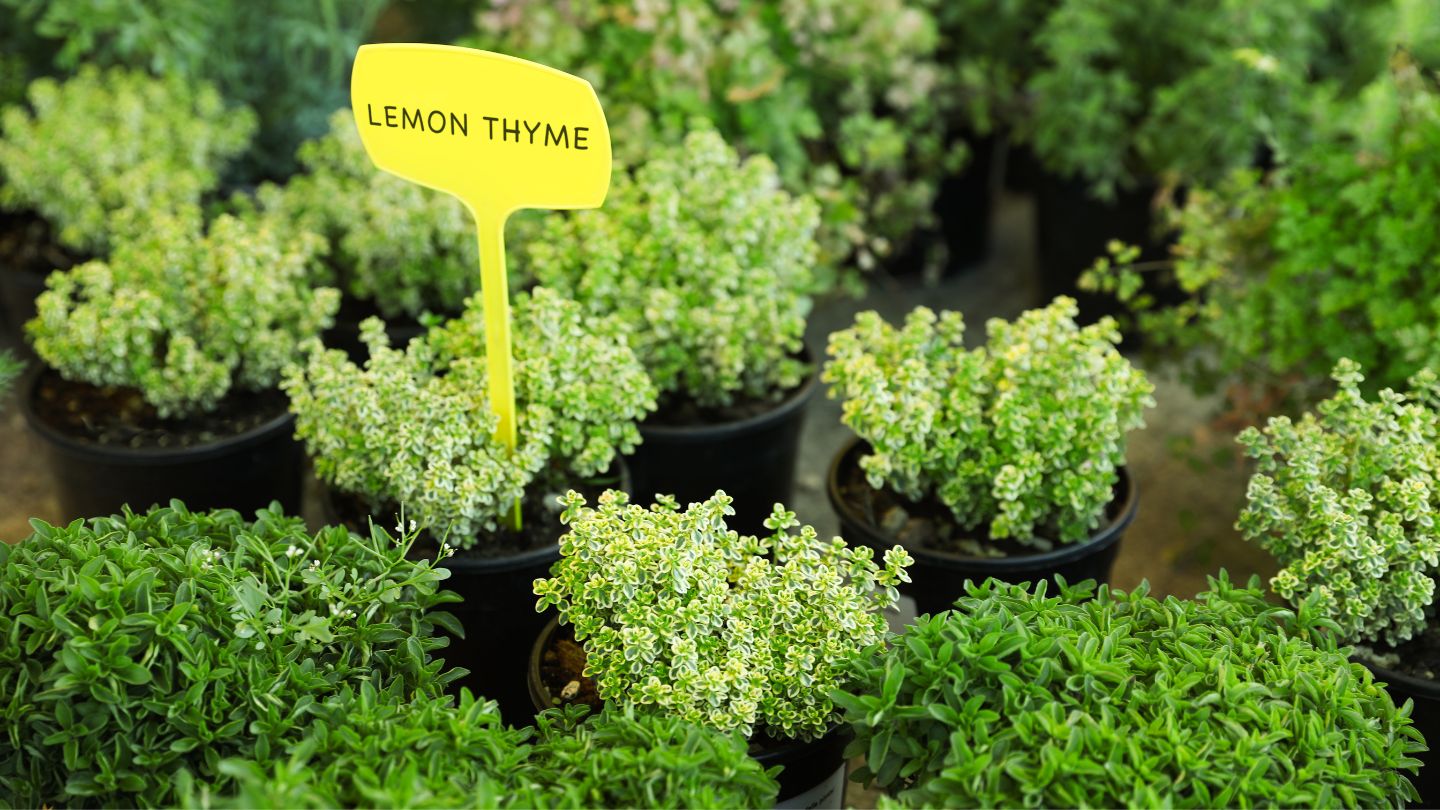
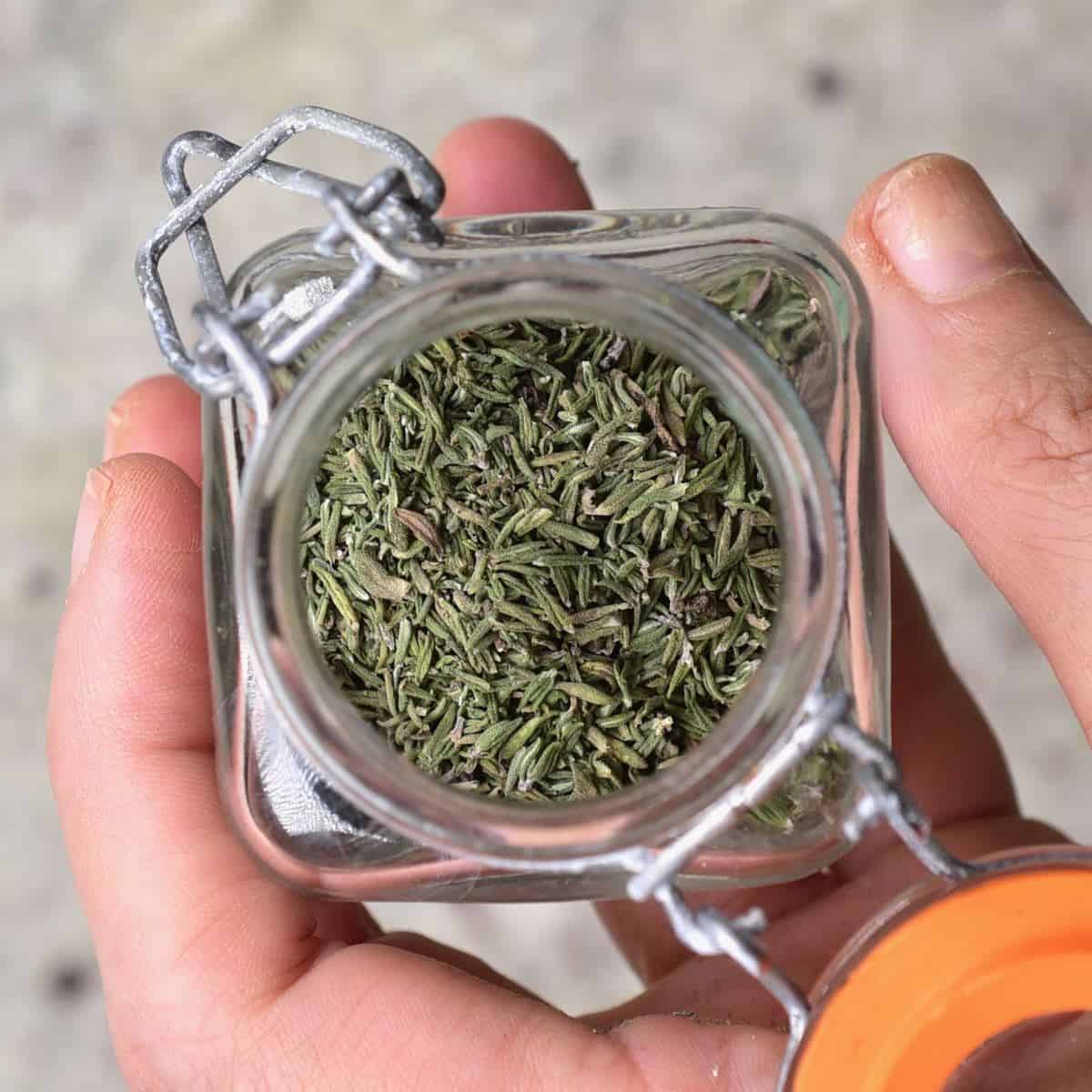
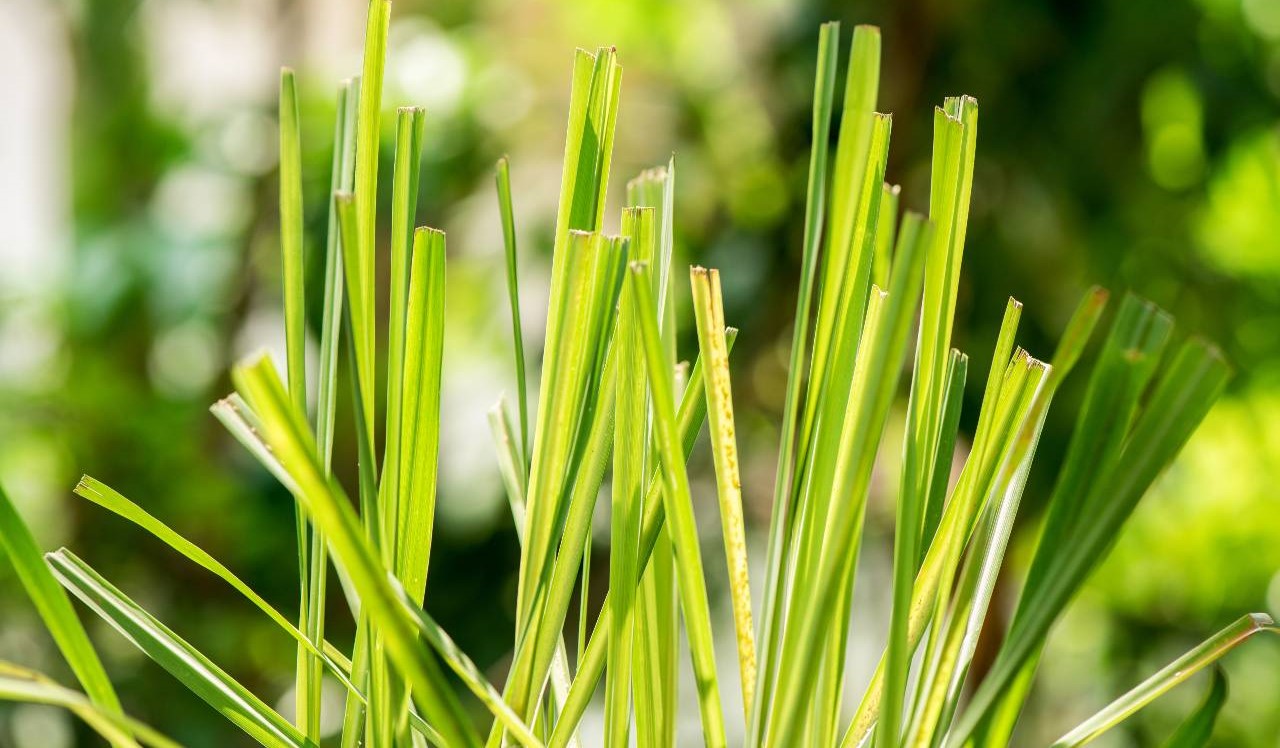
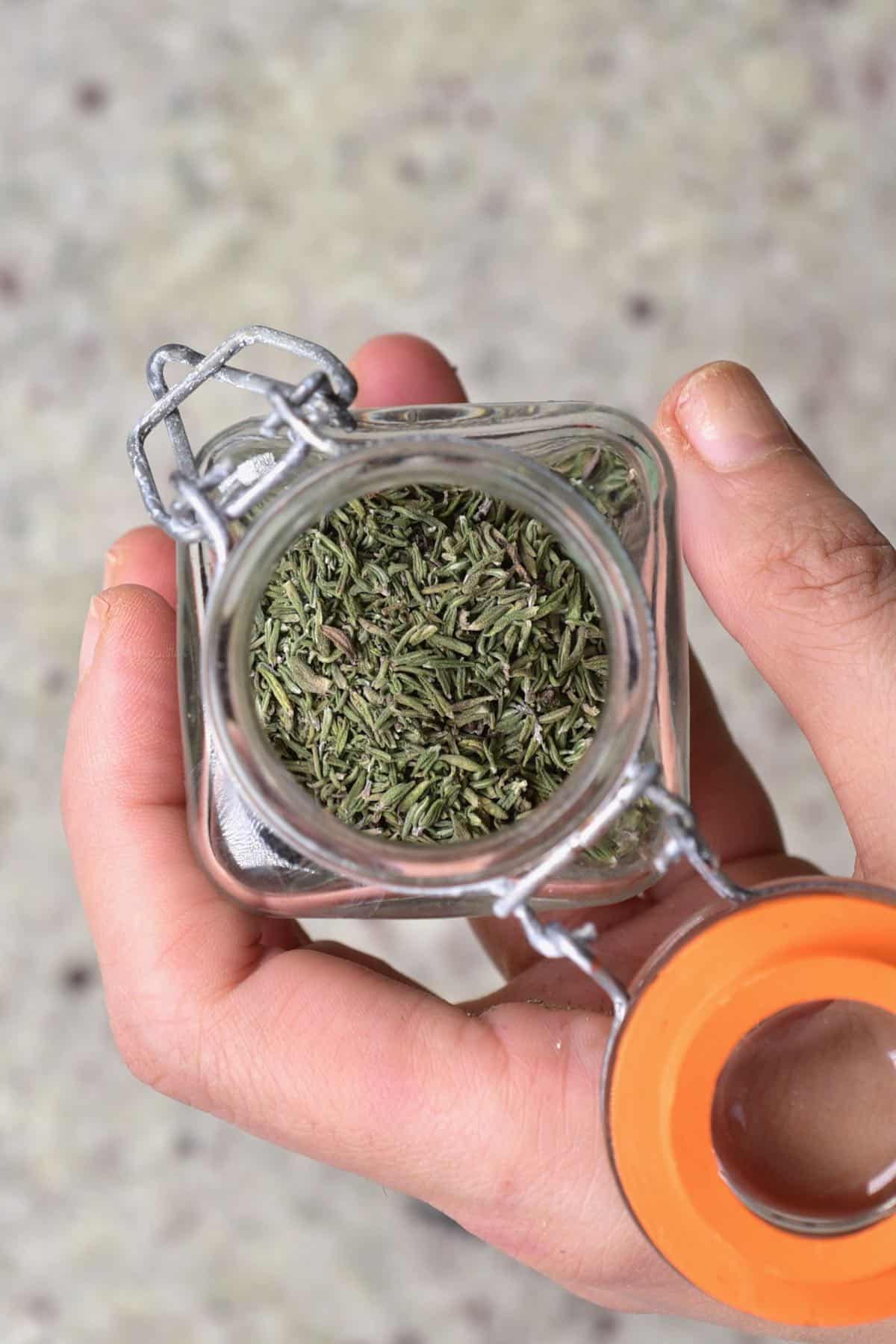

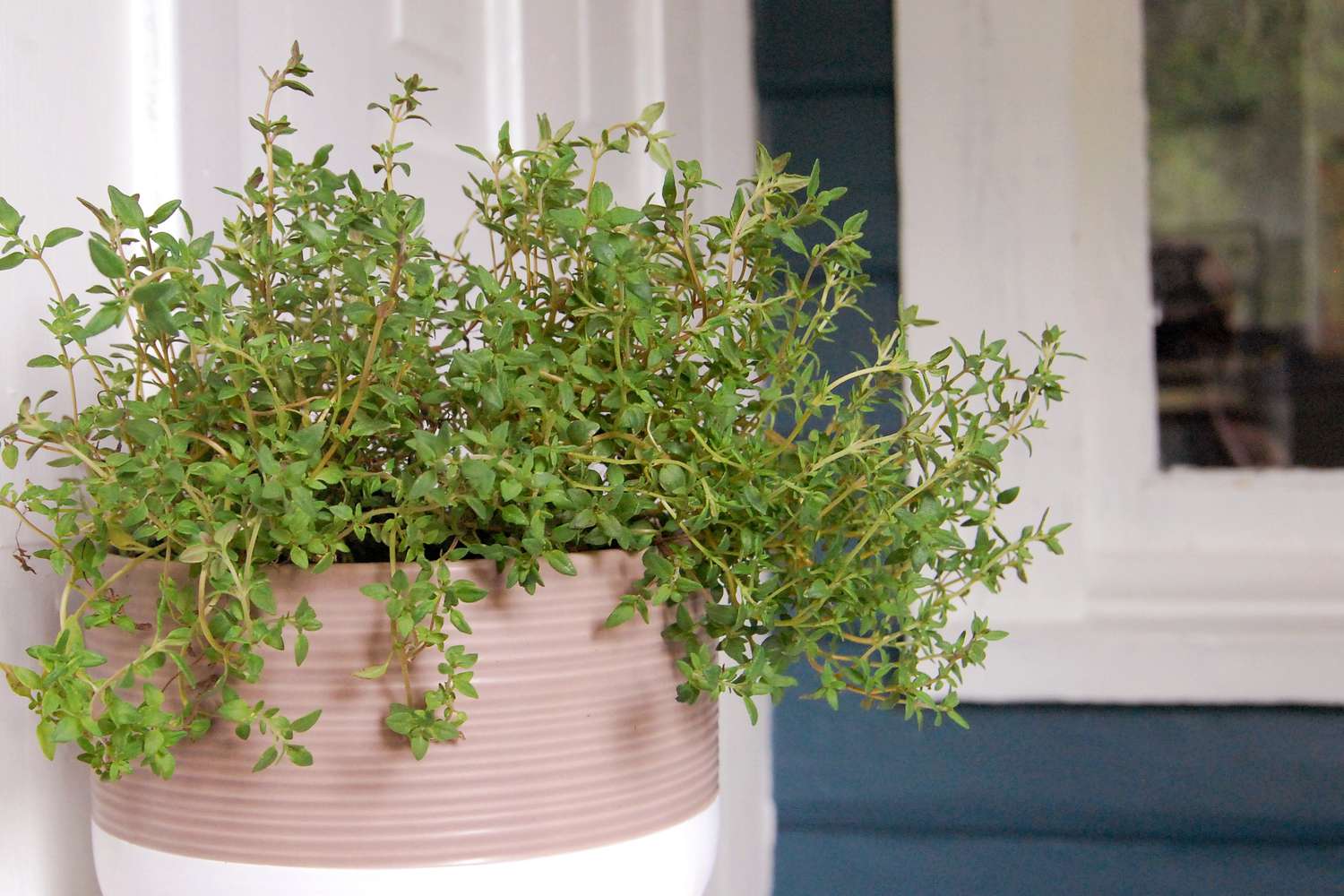
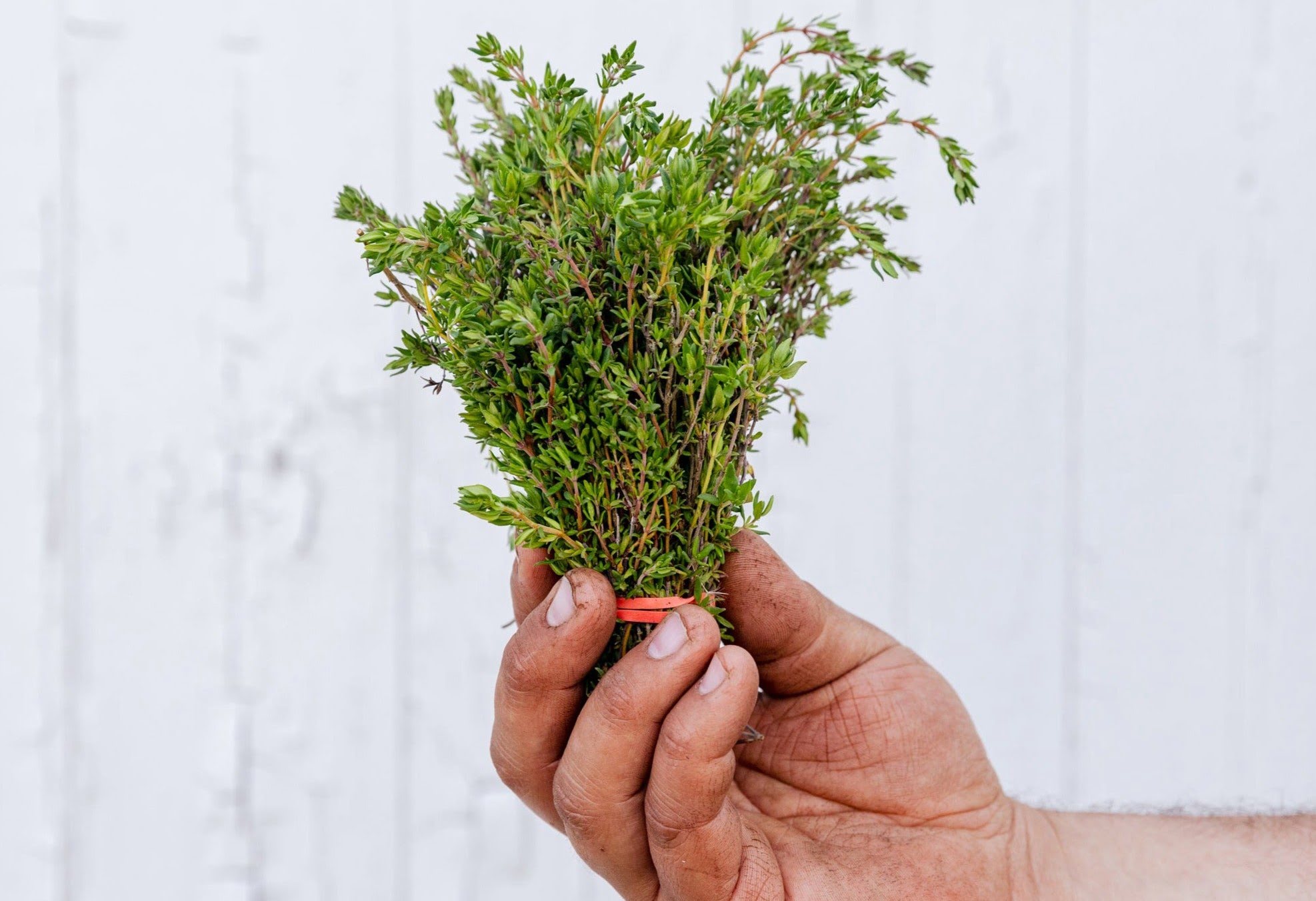
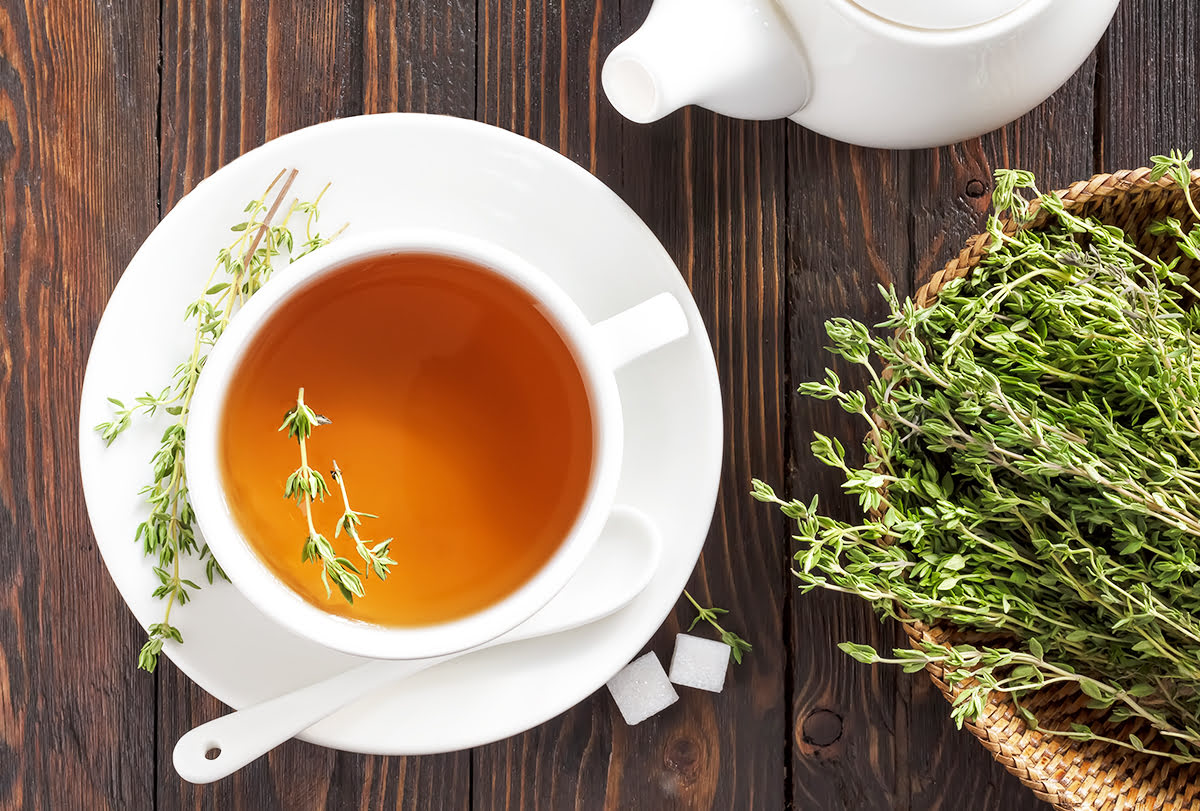
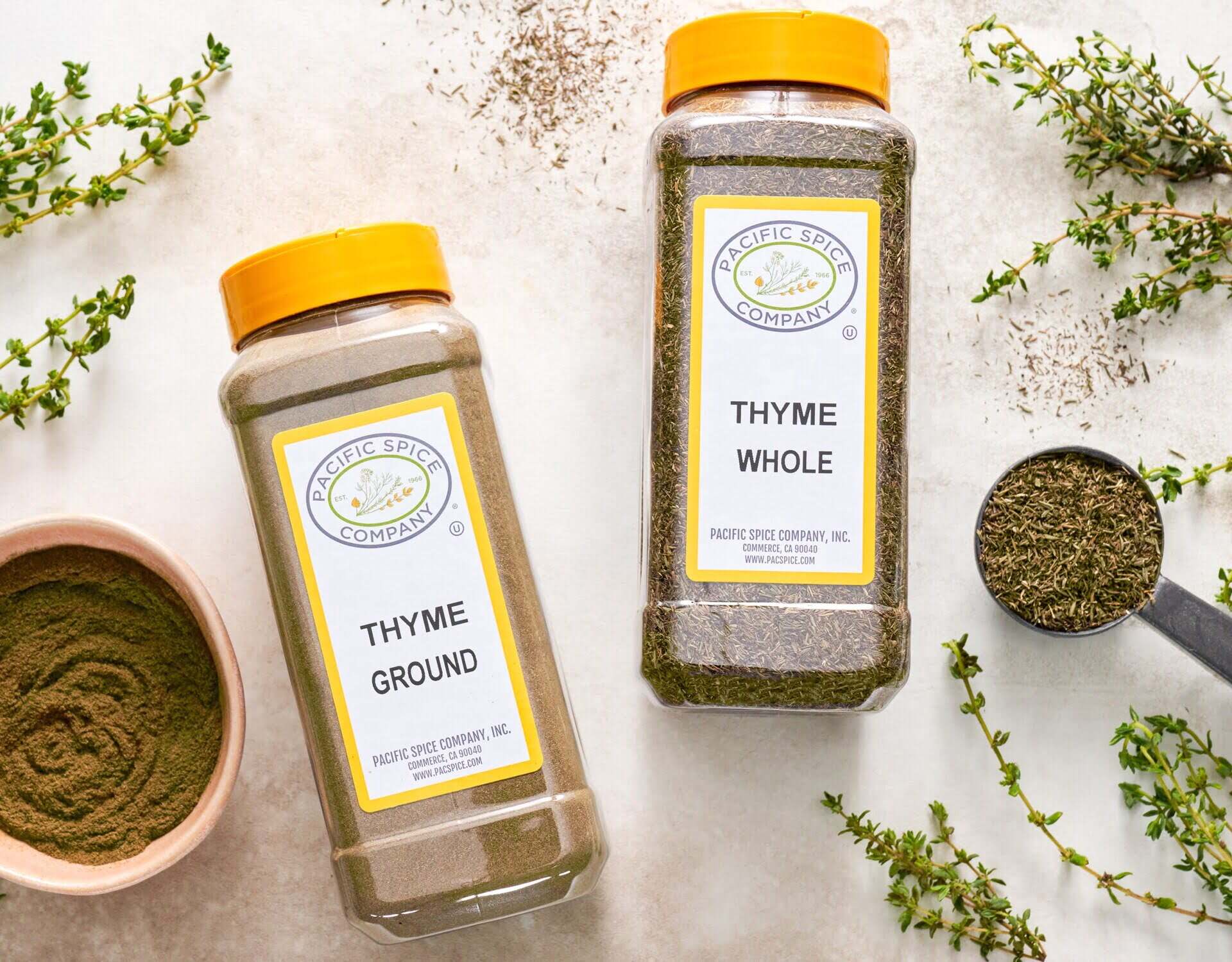
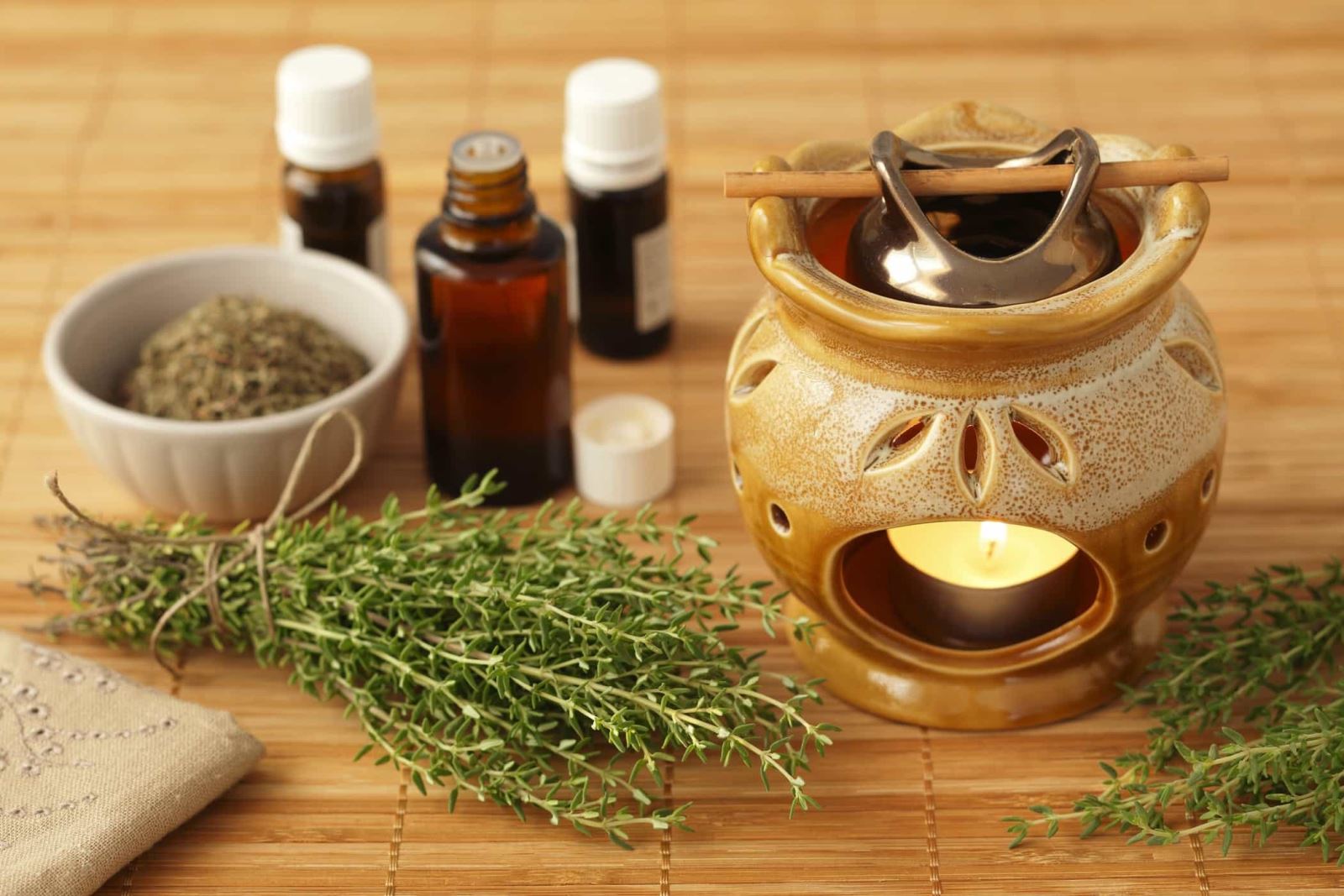

0 thoughts on “What Do You Use Lemon Thyme For”